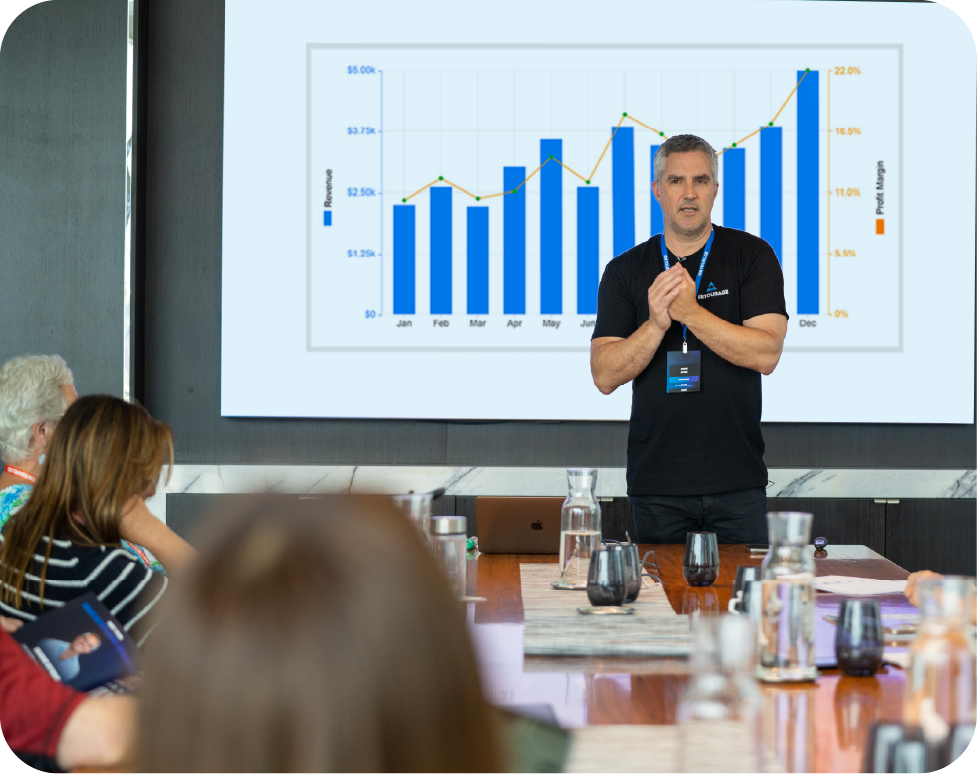Navigating healthcare bills can be frustrating for many patients. Between unclear statements, outdated systems, and limited payment options, even the simplest invoice becomes stressful. For providers, this results in late payments, lost revenue, and weaker patient satisfaction scores. Thankfully, modern financial tools are starting to shift this experience. One solution gaining traction is PayFac as a Service (PFaaS), which gives healthcare organizations new ways to simplify and streamline the patient payment process.
When integrated with patient-facing tools, PFaaS helps clinics, hospitals, and care platforms create faster, more flexible, and more transparent financial interactions. This is more than just convenience. It improves cash flow, boosts patient retention, and supports a better standard of care.
What Is PayFac as a Service?
PayFac as a Service is a model where businesses embed payment capabilities into their platforms without becoming full-fledged payment facilitators themselves. Instead of going through a complex and expensive registration process with acquiring banks, a healthcare provider or software company can partner with a PFaaS vendor to accept and manage payments under that vendor’s umbrella.
This reduces compliance burdens while still allowing full control over the user experience. The result is a seamless transaction system that feels native to the provider’s platform. Patients no longer need to navigate external payment portals or third-party apps; they can complete transactions directly through the system they use to book appointments or view test results.
PFaaS offers fast onboarding, simplified fee structures, and the ability to manage multiple payment types, including cards, digital wallets, and ACH transfers. For providers, this means reduced setup time and fewer technical barriers. For patients, it means simplicity and clarity.
Seamless Integration With Engagement Platforms
For maximum impact, PFaaS works best when it's connected directly to the tools patients already use. That means appointment platforms, health record portals, and engagement apps all benefit from embedded financial features.
Modern healthcare platforms now look beyond treatment delivery, and they aim to create a full-service experience. Integration with PFaaS for patient engagement software enables that experience to feel more intuitive and complete. Patients don’t need to switch between systems, search for emails, or juggle paper statements.
Keeping everything in one place increases usage of the tools themselves. When people trust and rely on a system, they’re more likely to engage proactively with their health journey.
Reducing Friction in the Payment Process
One of the biggest advantages of PFaaS is how it removes roadblocks that typically delay payments. Patients often face multiple steps between receiving a bill and making a payment. Redirects to different platforms, missing invoice numbers, or slow transaction speeds all increase the chances of delay or non-payment.
With PFaaS, payment tools are embedded where the patient already is, inside the portal they use for scheduling or reviewing results. They receive electronic bills that are easy to understand, with one-click payment options that support their preferred methods. When payments are simple, they happen faster and with less frustration.
Shorter payment cycles help clinics avoid time-consuming follow-up calls or letters. It becomes easier for staff to manage billing tasks efficiently while patients feel more in control.
Supporting Multiple Payment Preferences
Healthcare billing isn't one-size-fits-all. While some patients still prefer traditional card payments, others expect mobile-friendly options like Apple Pay, Google Pay, or bank transfers. A payment system that only supports one method can alienate patients and reduce the likelihood of prompt settlement.
PFaaS supports a wide range of payment preferences. It can handle one-time payments, recurring billing plans, and automated balance reminders. By meeting patients where they are technologically, providers foster trust and improve the perception of their overall care.
This flexibility matters particularly for younger patients, who may prioritize digital-first experiences, or for families juggling multiple accounts across a single household. Offering modern payment options communicates professionalism and responsiveness.
Enhancing Security Without Adding Complexity
Patients are increasingly concerned about how their health and financial information is protected. A major challenge for many clinics is balancing strong data security with an easy-to-use billing experience. Manual payment processing or third-party redirects increase the risk of human error and data leakage.
PFaaS platforms typically include built-in compliance with PCI-DSS and tokenization of sensitive payment data. That means fewer liability risks for providers and added peace of mind for patients. Since the payment experience stays within a secure, branded interface, it reduces confusion and improves confidence.
No extra software downloads, no password resets, and no guesswork about who is handling the transaction; it all happens smoothly and securely in one place.
Giving Staff More Time to Focus on Care
Every hour spent resolving payment issues is time taken away from patients. Administrative staff often carry the burden of chasing payments, explaining statements, or correcting manual input errors. These tasks are necessary but don’t directly support health outcomes.
With PFaaS, many of these processes are automated. Real-time updates help staff know which bills are pending, overdue, or paid. Payment reminders and receipts can be triggered automatically, while patients receive self-service tools that reduce the need for phone calls.
This efficiency gives healthcare teams more time to concentrate on care, scheduling, and service improvements. It removes some of the frustration from billing conversations and supports better morale among administrative workers.
https://imagedelivery.net/3XMOBsLAUKOTKPyIbXg9aw/article/3037413/ded1bded5e1f3a7d8c419d2112cab804/public
As patient expectations grow and technology continues to evolve, healthcare providers must reevaluate every touchpoint, including billing. PFaaS offers a streamlined way to improve the payment experience without added complexity. By integrating flexible payment tools into familiar platforms, healthcare teams can increase efficiency, reduce stress, and give patients a smoother path from treatment to resolution. When financial interactions are handled with the same care as medical ones, everyone benefits.
Related Categories
Ryan Terrey
As Director of Marketing at The Entourage, Ryan Terrey is primarily focused on driving growth for companies through lead generation strategies. With a strong background in SEO/SEM, PPC and CRO from working in Sympli and InfoTrack, Ryan not only helps The Entourage brand grow and reach our target audience through campaigns that are creative, insightful and analytically driven, but also that of our 6, 7 and 8 figure members' audiences too.





